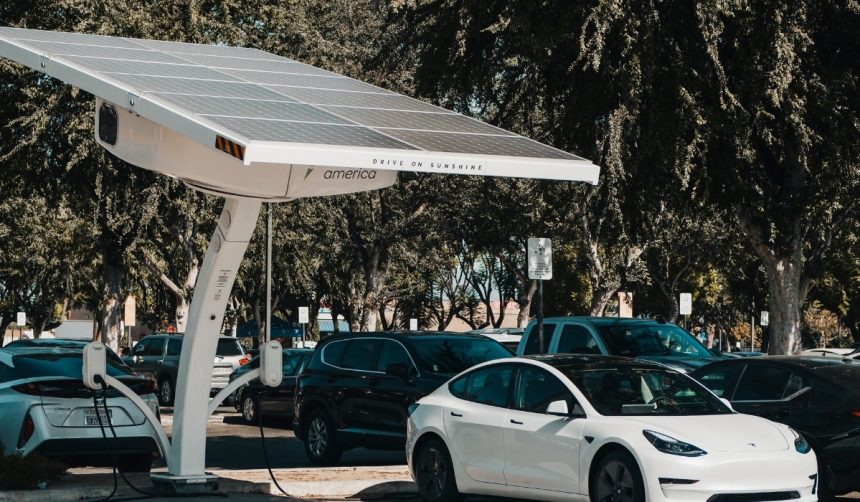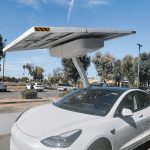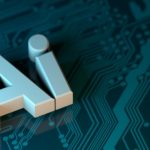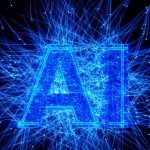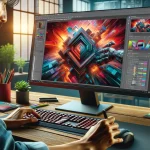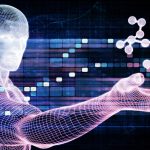With robotics capturing growing attention, Tesla’s Optimus humanoid robot is stepping into the spotlight once again. The company’s latest update highlights dexterity improvements that bring Optimus closer to real-world applications. This stride signifies Tesla’s ongoing push to extend its technology into daily tasks, not just within factories but also potentially in households. The announcement connects with broader industry efforts to enhance autonomy and usefulness in self-operating machines.
Reports from earlier this year described Optimus as being able to walk and handle basic movements, but critics noted a lag behind competitors in practical tasks. Other humanoid robots focused on mobility and simple hand gestures, with hand-eye coordination cited as a major industry challenge. The newest information places Tesla’s Optimus at a more advanced stage, specifically demonstrating complex tasks, such as folding laundry, which previous demonstrations had not achieved. This development appears to move the robot forward from its earlier role in only handling objects or performing laboratory demonstrations.
Optimus Handles Household Tasks with Greater Skill
Recent statements by Tesla Board Chair Robyn Denholm highlight that Optimus can now fold laundry, wipe tables, and interact through actions like shaking hands. During a broadcast interview, Denholm explained how these abilities represent measurable progress in the robot’s dexterity, allowing it to perform deliberate and precise tasks that go beyond repetitive industrial functions. She remarked:
“Optimus can fold laundry. I’ve been in the lab with Optimus. He can fold laundry. He can wipe the table really well. He can hand things to you. You can actually shake hands with him. The tactile nature of his hand is actually really very good.”
This improved tactile feedback reportedly enables the robot to approach manipulation of delicate objects with increasing accuracy.
What Sets Optimus Apart from Other Robots?
Tesla positions its robot as more versatile than typical industrial machines. Denholm also said that Optimus is already functioning within Tesla’s Palo Alto offices, supporting the company’s ambition to redefine what robots are capable of through advanced AI. She noted:
“We’re redefining what transportation is, but we’re also redefining robotics and what AI brings to robotics and how versatile the robots will be in the future.”
By connecting transportation, robotics, and artificial intelligence, Tesla aims to integrate Optimus into settings beyond the assembly line, focusing on usability in diverse environments.
Could Optimus’ Precision Enable Advanced Medical Tasks?
While currently focused on household and office tasks, Tesla CEO Elon Musk has further ambitions for Optimus. During a recent earnings call, Musk suggested the robot may eventually carry out complex procedures, including surgeries, due to its increasing precision. This vision expands Optimus’ role to potentially support broad societal needs, especially in healthcare, reflecting Tesla’s mission to make technology serve wider public benefits.
Tesla’s latest update on the Optimus robot points to progress in robotics practicality. While folding laundry and wiping tables are incremental steps, these tasks are key tests of dexterity that developers of humanoid robots worldwide continue to pursue. For readers following robotics, this step underscores the importance of tactile systems and precise control. The focus on hands-on abilities—not just walking or conversation—marks a departure from earlier robotic ambitions and steers industry competition toward achieving safe, trustworthy, and productive machine assistants. Technological updates, such as those unveiled for Optimus, will shape how quickly robots become part of everyday routines and serve industries like healthcare and domestic support in practical, accessible ways.
- Optimus now folds laundry and performs delicate tasks in the lab.
- Tesla expects initial production of the humanoid robot next year.
- The robot’s improved dexterity could enable broader applications in the future.

